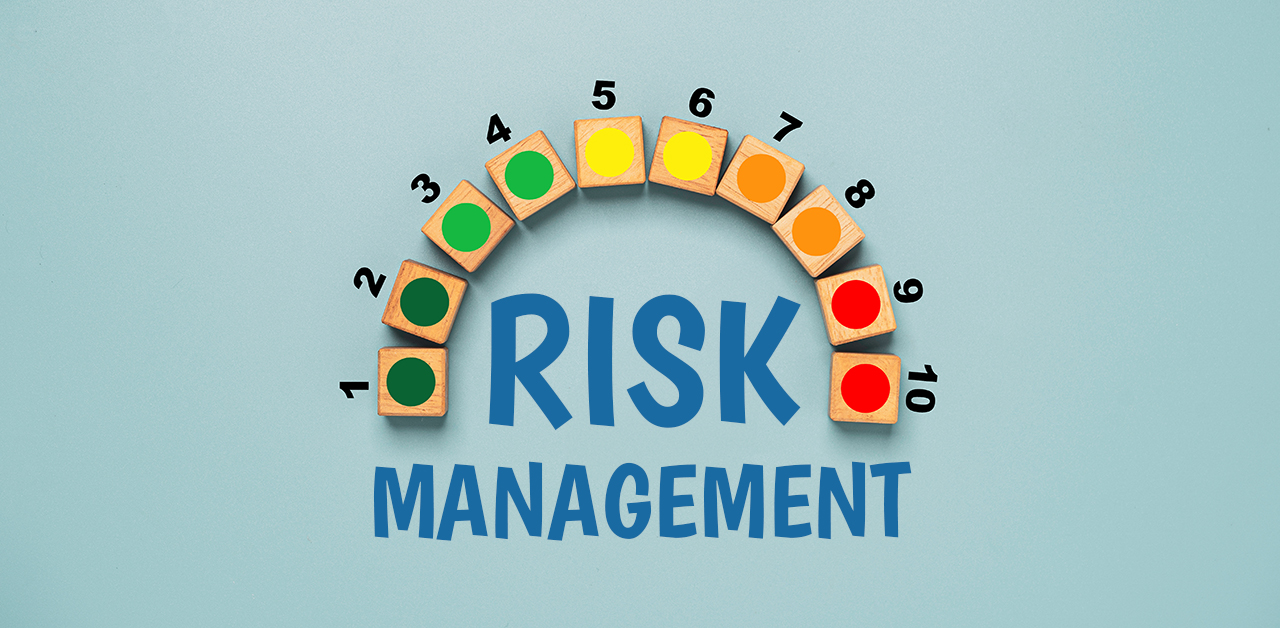Data center construction has been fairly standard throughout the past 20 years. The crux of their design prioritizes high energy output capacities that can host expansive spreads of servers. Data centers are built for long-term performance. They act as solid, steady hosts for their clients. As a result, very little in the way of change occurs within them over time, particularly regarding their energy output.Many businesses are reluctant to employ data center decommissions to rid themselves of
zombie servers or downsize their fleets. Data centers tend to back this approach, since power usage is a major source of revenue. However, rapid technological growth and its effect on long-term business models has changed the equation. Data centers as they are currently known are in need of a face lift.
As Technology Shrinks, Demand Grows
The expansion of technology that is smaller in size, higher in capacity, and more energy efficient has created a gap between current data centers and projections for future data center demands and design. Clients opting out of
data center decommissions are only a fraction of the problem. The data center industry is experiencing weaker economic growth in general because of shifts in technology, which is shrinking and consolidating. A move toward cloud storage options is also emerging. Data centers will have to curb their voracious appetite for energy to keep up.
Future Data Center Models on the Horizon
Several major corporations have already proposed future models for data storage that completely rethink the static infrastructure of data centers. Some proposals incorporate a more fluid, dynamic ecosystem that remaps data and its organization. Industries providing data center decommissions would undergo a shift in return. The inherent design of new centers simplifies operations. Existing data centers must update to match the industry’s increasingly rapid changes.
Data Center Decommissions and Consolidations Ease the Transition
There are several things data centers can do to stay current while riding out their projected service lifespans. For one, replacing older hardware with energy-efficient counterparts can make a huge impact. Similarly, data center decommissions can improve energy output and help consolidate both cost and performance. They can eradicate unnecessary or unused equipment. Infrastructure prioritizes high-energy output, but data centers can make cost-cutting strides toward a smaller footprint.For the time being, data centers continue to rely on revenue from the previous norms of heavy power usage. Many may feel a burn as the transition to future models of data storage gains momentum. However, gradual investments in hardware upgrades, data center decommissions, and other cost-cutting measures can ease the transition and provide a framework for future potential.


